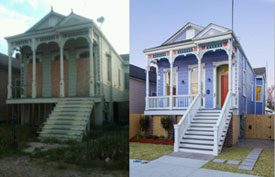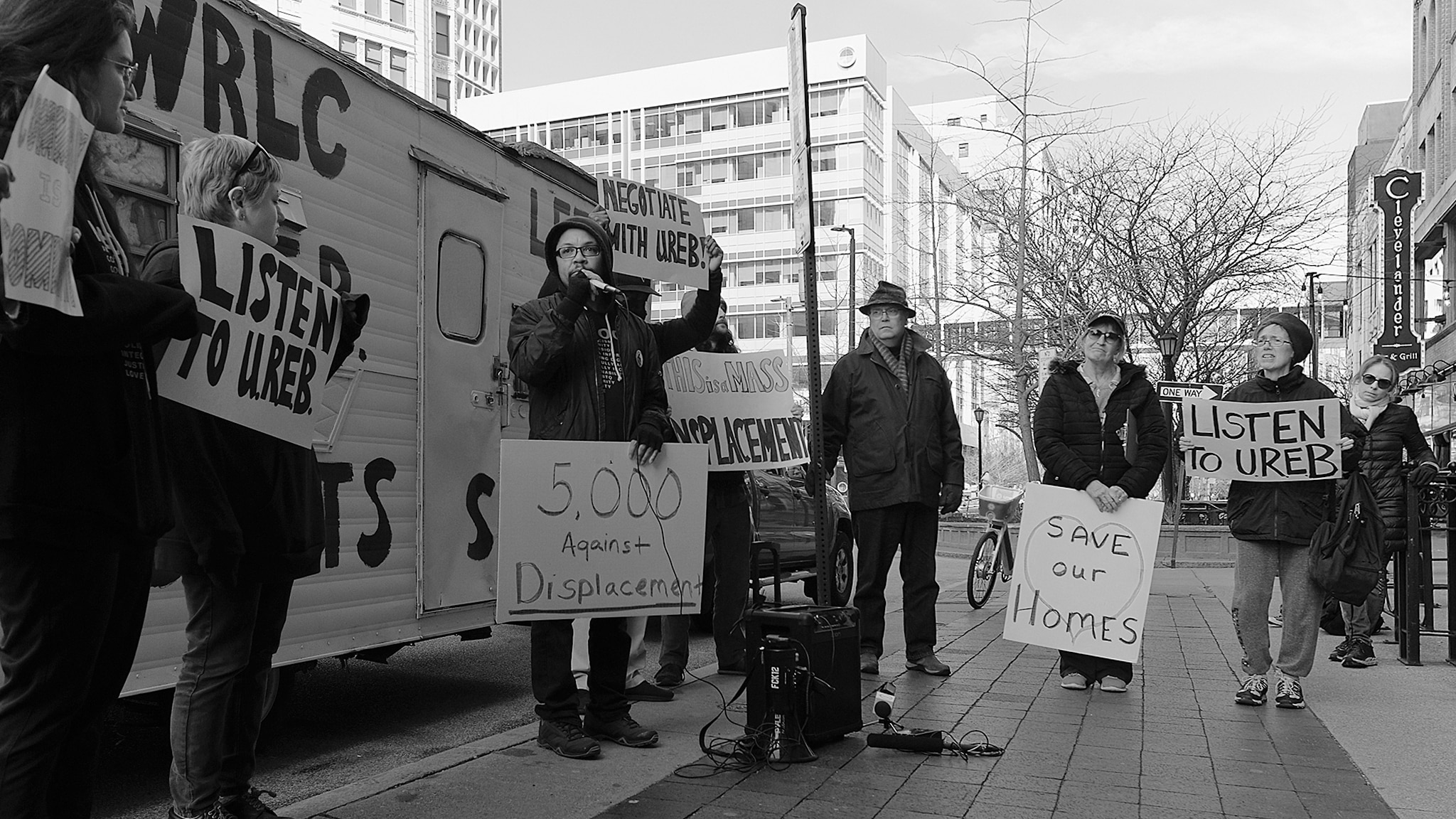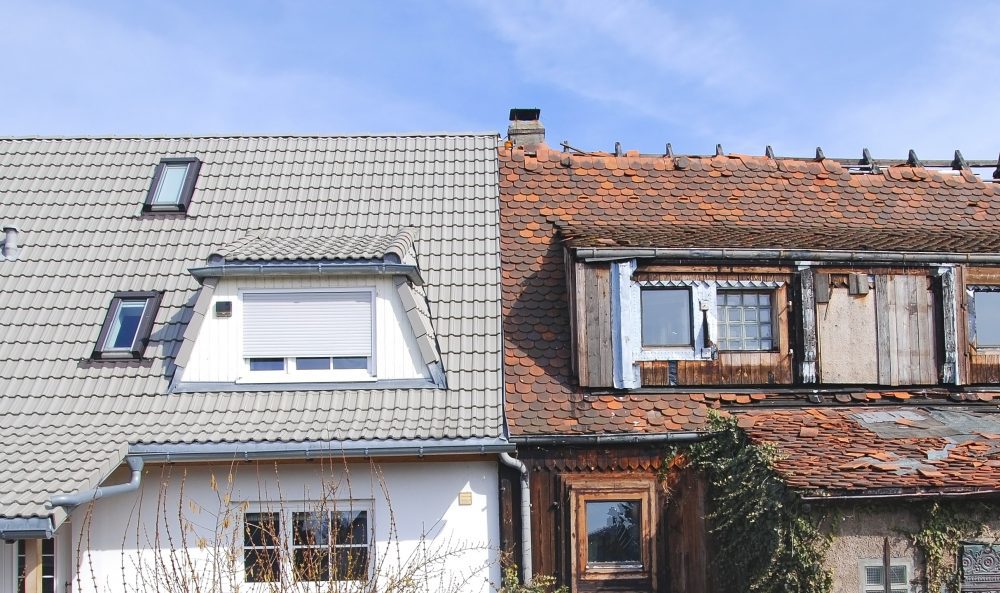
“This project is proof that eliminating blight, providing affordable housing and maintaining the historic fabric of our neighborhoods are not mutually exclusive goals,” said Lata Reddy, vice president of Corporate Social Responsibility at Prudential and president of The Prudential Foundation.
The project’s partners (and co-award recipients) include Redmellon Restoration and Development; Prudential Financial, Inc.; Enterprise Community Investment; The City of New Orleans; J.W. Drennan Construction; Kronberg Wall Architects and Planners; The New Orleans Redevelopment Authority; and The New Orleans Womens' Shelter.
The homes were sensitively rehabilitated in accordance with Enterprise Green Communities Criteria, a program of Enterprise Community Partners and the first national framework for creating and preserving green affordable housing. “The Iberville Offsites serve as a national model, proving that it’s possible to scale up the rehabilitation of existing, blighted, historic housing,” said Neal Morris, principal at Redmellon Restoration and Development.
Arguments for—and against—trying to do historic preservation along with affordable housing have been made by many, including Shelterforce here. It is an idea that is gaining ground, and one that will be increasingly tapped, with greater recognition that our nation’s cities contain the largest percentage of historical structures AND highest concentration of need for affordable housing. Because of perceived and real barriers to renovating these properties, many of them are left to rot, often for decades, and become prime locations for crime and subsequent blight. Enterprises’ criteria provide a cost-effective framework and support for developers looking to invest in these projects.
In Iberville’s case, restoration focused on salvaging the historic interior and exterior features of the homes, while making them energy-efficient and better suited to modern living. The homes are part of the Iberville Choice Neighborhoods project, a collaboration of HUD, the Housing Authority of New Orleans, and the City of New Orleans. The New Orleans Historic District Landmarks Commission provided counsel. Several homes are reserved as Permanent Supportive Housing, with services and rent subsidy provided through the Louisiana Housing Authority.
Not all public housing redevelopment has been able to save historic structures. While the offsite redevelopment here and in Center City included rehab, there was much disappointment that the existing solid brick buildings of the Magnolia/CJ Peete development were torn down (except for one which was preserved). Last year, Shelterforce featured a story about the development of Harmony Oaks (formerly C.J. Peete), a New Orleans public housing complex decimated by Hurricane Katrina, and the struggle of a CDC to not only bring back residents to a community they'd lived in for generations, but restore their faith in a system they felt had abandoned them. While no one can predict what future storms will do to longstanding communities like those in New Orleans, we can congratulate the effort of committed partners to continue the process of developing new, and restored, affordable housing in one of the country’s oldest and most culturally diverse cities.
(Photo credit: An Iberville Offsite home. National Trust for Historic Preservation)





Comments